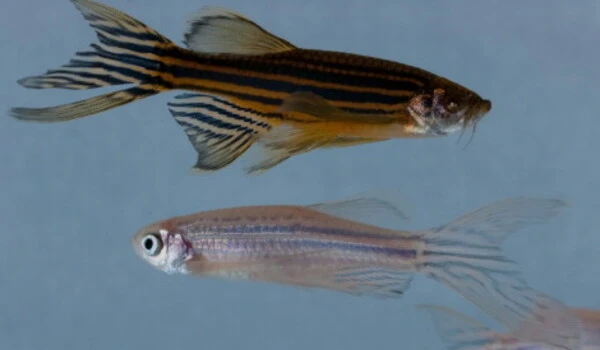Zebrafish have the ability to regenerate their retinas, a process that is not well understood. Recently, researchers have identified a signaling cascade that appears to play a key role in this process. The signaling cascade is triggered by injury and involves the activation of several genes and signaling pathways that lead to the formation of new retinal cells. This discovery may help to pave the way for new treatments for retinal diseases in humans.
Experts are looking into how Muller glial cells, which are responsible for regenerating a damaged zebrafish retina, acquire stem cell properties in the hope of eventually developing techniques to encourage human retinas to regenerate.
Blinding eye diseases such as macular degeneration, diabetic retinopathy, and glaucoma are characterized by the death of neurons in the retina, which results in blindness. Although several strategies for restoring sight to the blind are being researched, including using stem cells from the body to regenerate retinal neurons lost to injury or disease. While regenerative stem cells have not been discovered in adult human retinas, they have been discovered in zebrafish.
Experts at U-M Medical School are investigating how cells called Muller glial cells, responsible for regenerating a damaged zebrafish retina, acquire stem cell properties with the hope of eventually developing techniques to encourage human retinas to regenerate.
Experts at U-M Medical School are investigating how cells called Muller glial cells, responsible for regenerating a damaged zebrafish retina, acquire stem cell properties with the hope of eventually developing techniques to encourage human retinas to regenerate.
Building on their work that identified the cells, a new study reported in Proceedings of the National Academy of Science, led by postdoctoral fellow Sumitra Mitra, Ph.D., and research lab specialist Sulochana Devi, Ph.D., in the lab of Daniel Goldman, Ph.D., investigates whether cells other than dying neurons influence Muller glia’s regenerative response.

These cells, which are present in both the zebrafish and human retinas, contribute to retinal structure and homeostasis in both species; however, only in the zebrafish do these cells respond to retinal neurodegeneration by adopting stem cell properties that allow them to regenerate retinal neurons.
They discovered a Vegf-Notch signaling system that is activated in the injured retina and connects Muller glia with immune cells and cells lining blood vessels in the new study. Importantly, they discovered that each of these cell types contributes to the gene expression changes required for Muller glial cell reprogramming and stem cell acquisition.
Interestingly, this signaling system is not found in mammals and thus, might help explain why the human retina does not regenerate.
Regeneration in zebrafish retinas is a complex process that involves the activation of multiple signaling pathways. Studies have shown that injury to the zebrafish retina triggers the activation of a signaling cascade that involves several growth factors and signaling molecules, including members of the fibroblast growth factor (FGF) and Wnt families. These signaling molecules play key roles in the proliferation, differentiation, and migration of retinal cells during the regenerative process. In particular, FGF signaling has been shown to be necessary for the proliferation of retinal progenitor cells, while Wnt signaling is required for the differentiation of these cells into mature retinal cells.
Furthermore, recent research has shown that the Hedgehog signaling pathway plays an important role in promoting the differentiation of Müller glia into new retinal neurons and glia during regeneration in the zebrafish retina, allowing the retina to be fully restored after injury.
More research is needed to fully understand the molecular mechanisms underlying retina regeneration in zebrafish and how this process can be harnessed to develop therapies for human retinal diseases.
















